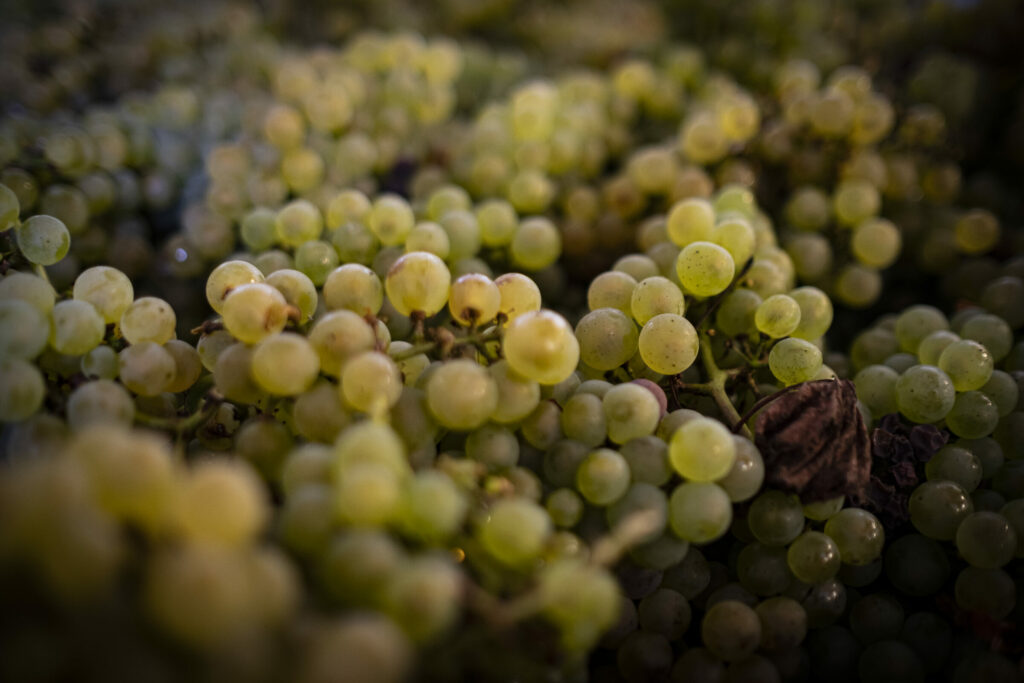In the beginning, there was the encounter between a Belgian who loved wine and a region, Burgundy.
Jean Rijckaert started making wine in 1990 in the Mâconnais region, where he had settled, as the co-founder of the Verget wine merchants in Sologny. In 1998, when the Domaine Rijckaert was created, Jean bought 4 hectares of vineyards in Maconnais (mainly in the Viré-Clessé area) and, as an enthusiast for the Jura region and convinced of the area’s winemaking potential, 5 hectares in Arbois. A visionary…
Every region has its own wine cellar, so they can work as close as possible to the vines. Mâconnais wine is made in Davayé. And in Jura, it is made in Villette-Les-Arbois, a winemaking village close to Jura’s wine capital.
The range is completed by making wine from grapes purchased “on the vine stock”. Notable representatives include wines from Chablis and Côte d’Or. The grapes are processed entirely in house, from harvesting to bottling, with the same precision and same care given as to the estate’s own grapes.

 A complicated harvest 2021…
A complicated harvest 2021…